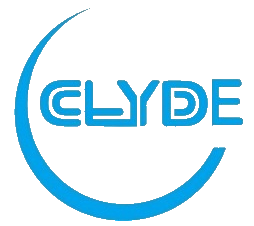How to use tube condenser
Tube condenser is currently one of the most widely used types. Its structure is simple, sturdy, easy to manufacture, has a wide range of data, can handle large amounts of data, and has strong adaptability. But in terms of heat transfer efficiency, equipment compactness, and metal consumption per unit heat transfer area, it is slightly inferior to various plate condensers. This type of condenser usually includes three types: fixed tube plate, U-shaped tube, and floating head.
The tubular condenser is mainly composed of components such as the shell, tube plate, also known as the flower plate bundle, and top cover, also known as the head. Parallel tube bundles are installed inside the circular shell, and the two ends of the tube are fixed on the tube plate. The fixing method of pipes on the tube plate is generally welding or expansion method. The top cover equipped with inlet or outlet pipes is connected to the flanges at both ends of the shell with screws, and a fluid distribution chamber is formed between the top cover and the pipe plate.
When the tube condenser performs heat exchange, the cooling water enters through the connecting tube of the top cover and flows inside the tube, which is called the tube side; Harmful vapors flow in the gap between the tube bundle and the shell, and this path is called the shell side; The outer surface area of the tube bundle is the heat transfer area. Whether it is the condensation of saturated vapor or the condensation process of non condensable gases, condensation recovery is generally carried out on the shell side of a horizontal condenser because it is reasonable in terms of heat transfer, pressure drop, and cleaning. Specifically, as follows.
The heat transfer coefficient of the horizontal shell side condensation film is several times higher than that of the film inside or outside the vertical tube, and non condensable substances will not accumulate in dead corners and are difficult to discharge.
Cooling water flows through the pipes for easy cleaning of scale. It is easy to ensure a high flow rate inside the water pipe, which is beneficial for reducing the rate of scale formation and improving the heat transfer coefficient of the water film.
The 3-level tube condenser places the lower tubes at the inlet of the cooling water, allowing the condensate to accumulate at the bottom layer in order to lower the temperature of the condensate. In the external condensation system, further cooling of the condensate is important.
If the temperature in the condensation system is high, a large amount of organic gas will evaporate upon contact with the air. Generally, the inlet temperature of the condensate is required to be at 60 ℃ or lower. Of course, a separate cooler can also be added, but this will increase the cost.
